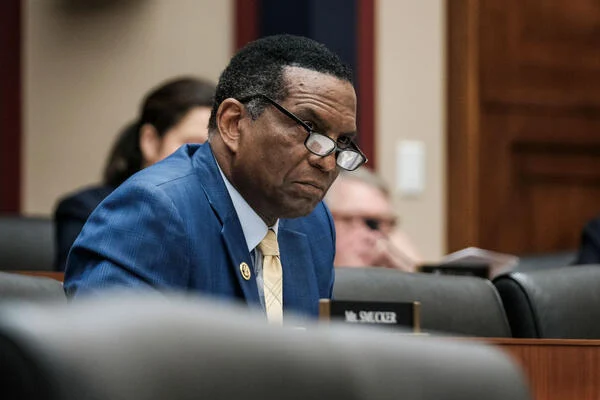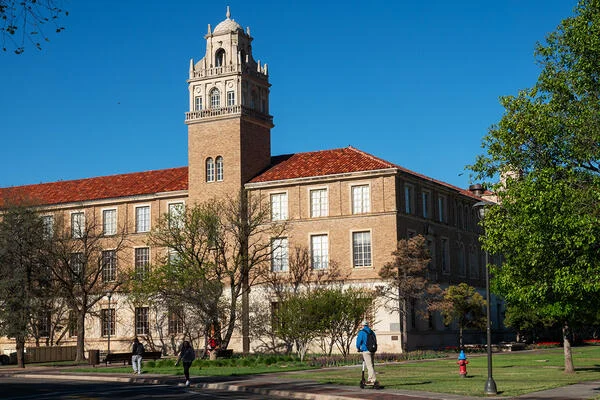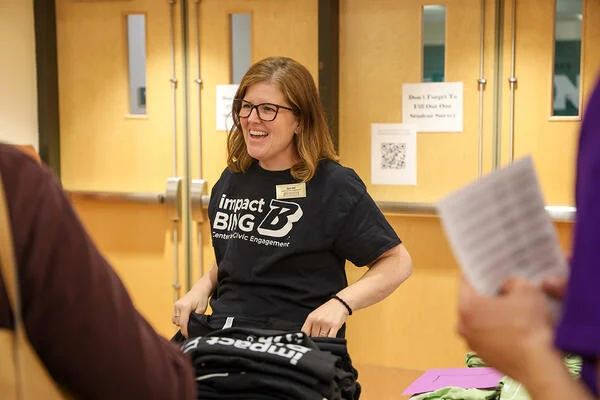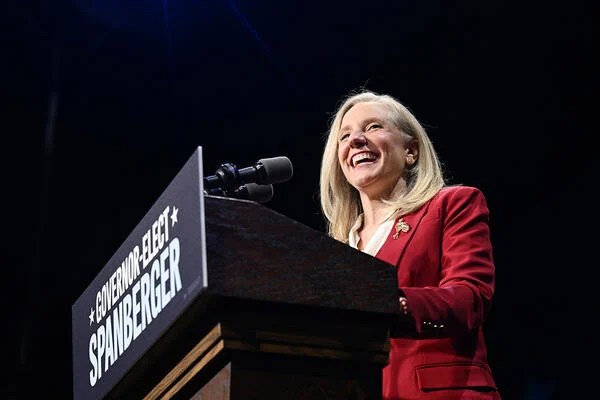Some direct-admissions programs admit all students who fit certain criteria, while others seek out students based on particular traits.
Photo illustration by Justin Morrison/Inside Higher Ed | Prostock-Studio/iStock/Getty Images
Direct admissions, the practice by which colleges extend offers of admissions to students without them submitting an application, has become increasingly popular.
About 15 states now have their own programs, which typically involve extending admissions offers to qualifying high school seniors in the state—or, for some open-access institutions, to all graduating seniors. Meanwhile, a handful of private companies and nonprofits have launched platforms in recent years to allow institutions to send out offers to students around the country.
Such programs aim to help colleges boost enrollment and reach students who may otherwise not have applied to those institutions—and research shows that they’ve proven successful in those goals.
But what kinds of institutions utilize direct admissions and which students accept direct-admissions offers? Niche, a college rankings company whose direct admissions product launched as a pilot in 2022, shared data about its Class of 2029 direct-admissions enrollees with Inside Higher Ed, providing a glimpse into the demographics, majors and locations of those students.
“I think in this day and age of mobile, social media, AI—it’s just getting harder and harder to reach students and break through the noise,” said Luke Skurman, Niche’s CEO. “This is very in tune with [students’ expectations]. They’re used to pressing a button, having an Uber show up at their home, having food being delivered to their home. They like it being instantaneous. They like it being simple, transparent. I think there are institutions that really believe this is a natural evolution for this demographic.”
Over a million students received offers from the 145 participating institutions last year. That number is likely to grow this admissions cycle; over 160 partner institutions have already extended offers to over 770,000 students. (The Common App, which in 2021 launched its direct-admissions offering that focuses on first-generation and low- and middle-income students, reported that 119 participating universities extended offers last year to 733,000 students. This year, the number of institutions jumped to 213.)
But experts have noted that direct-admissions services run by private companies lack some of the benefits provided by state’s direct-admissions programs. Jennifer A. Delaney, an education professor at the University of California, Berkeley, who researches direct admissions, said in an interview that effective direct-admissions programs shouldn’t require students to take any steps to receive any admissions offers—including filling out a profile, as Niche requires.
Over all, enrollments through Niche’s platform this fall accounted for 11 percent of all enrollments at participating institutions, with each institution enrolling a median of 60 students through direct admissions. Inside Higher Ed broke it all down in five charts below.
Colleges admitted higher rates of nonwhite and first-gen students through direct admissions.
About 60 percent of students who enrolled through the Niche direct-admissions tool this year were students of color, while about 43 percent were first-generation. Among students at those same institutions who enrolled through other means, 48 percent were students of color and 34 percent were first-generation.
Colleges using direct admissions are mostly, but not exclusively, private.
Of the students who enrolled via Niche’s tool, a majority—69 percent—enrolled at private institutions.
Damien Snook, Niche’s director of product analytics, said that the types of institutions that use the service range significantly from flagship institutions, albeit generally in smaller states, down to tiny religious colleges. Most are not selective but aren’t open access, either.
“What we see from our direct-admissions partner more or less mirrors national trends. We do kind of meet that Goldilocks zone,” he said.
At public institutions, enrollments from direct admissions made up a slightly smaller share—8 percent—of new fall 2025 enrollments compared to 12 percent among private institutions.
Where is direct admissions most popular?
California, Pennsylvania and Texas are the most common states for direct-admissions enrollees to hail from. That statistic isn’t entirely surprising, considering they are among the most populous states. They’re also the three most popular destinations for direct-admissions students, though Pennsylvania ranks higher than California on that list.
Some of the areas where the product has been most successful, such as the Midwest, are where institutions that piloted and beta tested the tool found success, Snook said. They’re also areas that are projected to see decreased numbers of high school graduates in the coming years, meaning institutions may be looking to draw students from other areas of the country, which Niche’s tool allows them to do.
Health majors reign supreme, but direct admissions students span a variety of majors.
Unlike state direct-admissions programs, colleges on Niche’s platform can pick and choose students by attributes like intended major or location.
“Some lean into the territories that they’re already established in, so they’ll search for students in their state, or they’ll lean into ‘I’m a tech school and I’m looking for students that are interested in STEM majors.’ But we also have institutions that do the opposite, who say, ‘We’re good at recruiting in our backyard, but where we really want help is our secondary market,’” said Snook.
The trends in students’ majors mirror overall, national data trends, with the Niche data showing a slight decline in those studying computer science and an increase in those pursuing health degrees.










